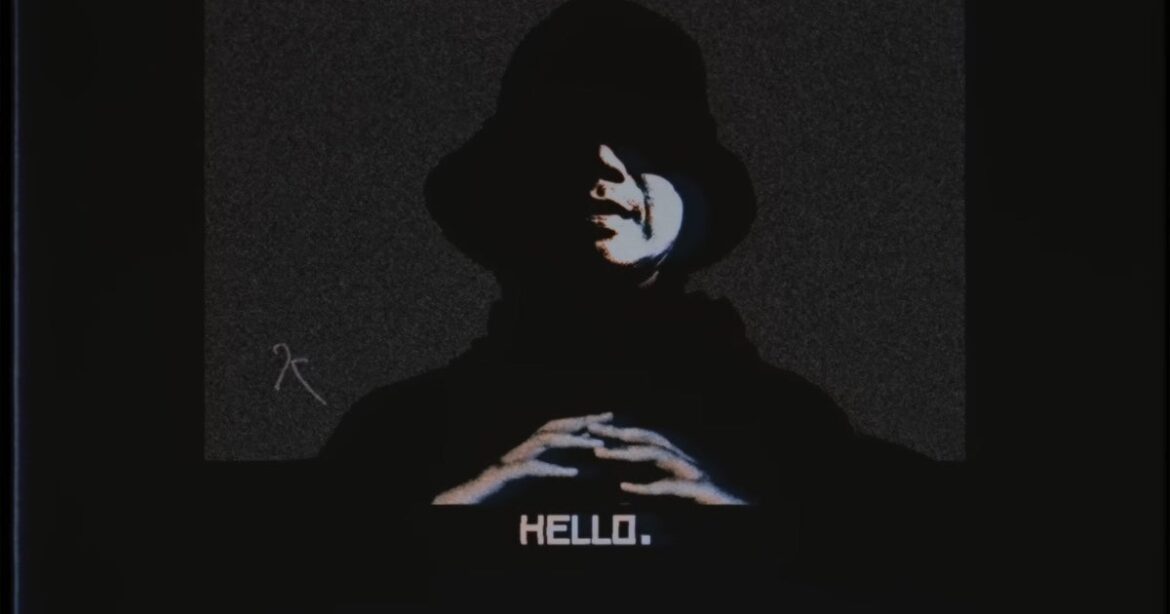Screenshot by Destructoid via Retsupurae/ZapDramatic. Remix by Destructoid
“The psychological assessment test, you moron.”
|
Do you remember Adobe Flash? Or does it make me old, even asking the question? Well, in the pre-Unity, pre-Steam, pre-indie era of online entertainment, this humble software platform was the primary source of browser-based gaming fun, serving as the precursor to the vibrant solo dev efforts of today. Creators of crappy (and occasionally awesome) Flash games in the early aughties crawled so we could run.
The vomit-green Skittles of gaming
I am aware this already opened a can of Pandora’s worms – excuse the mixed metaphor, my writing is fueled by an excessive dosage of caffeine today – when it comes to millennial nostalgia, and you can bet your bottom dollar that we will eventually revisit this graveyard of gaming history from the perspective of our favorite pastimes, too.
On this occasion, I’d like to direct your attention to a secondary form of experiencing Flash game non-classics: by watching someone else play them, of course. Or, rather, watching the OG legends of the early Let’s Play era—slowbeef and Diabetus of Retsupurae fame, an MST3K-style comedy riff show that tackled terrible games and terrible playthroughs of games in equal measure alongside a whole bunch of other things, which was a decade-long YouTube experiment spanning from February 2008 to March 2018. It’s a time capsule in many ways, and one well worth checking out in detail if you enjoy old-school snarky web content.
For today, they will serve as the best possible tour guides into the strangest Canadian I have ever heard of: Michael Gibson, aka ZapDramatic, who created a series of interactive story games from Newgrounds that aim to help you navigate the labyrinth of disturbed people’s psyches.
They look like this:
Cosmic horror. Screenshot by Destructoid via Retsupurae/ZapDramatic
And they behave like this:
A terrifying amalgamation of scary and silly. Screenshot by Destructoid via Retsupurae/ZapDramatic
Truly, a picture is worth a thousand words.
The product of an incomprehensible mind
Every few years, I find myself drawn back to the Retsupurae crew’s playthrough of Michael Gibson’s intellectual output, like a hapless character in a Lovecraft story stumbling back to a long-buried copy of a skin-bound Necronomicon. It all starts out with a healthy dose of WTF and gets more nonsensical from there, played entirely straight and taken wholly seriously by Mr. ZapDramatic all along.
We progress from standalone scenarios to a longform multi-game series called Ambition that begins with a husband strapping a few dozen sticks of dynamite to his torso in a bid to reclaim his kids—this is episode one—followed by encounters with a hitchhiker, infidelity issues, psychiatric evaluations, a murder, a police investigation, conspiracies, marriage counseling (no, I didn’t get the order wrong), a trial, a ghost, a terrorist, I can’t take it anymore—it’s calling again—help—
There’s so much more, made even more amusing by the whiplash-inducing tonal shifts from scene to scene and series to series. While playing through the games would no doubt be like pulling teeth, having appropriately snarky tour guides for this car crash, and an excellent longplayer in the form of PinstripeHourglass, makes for a legendary bit of classic gaming YouTube content. If you’ve got a few hours that you’d like to spend getting repeatedly baffled, I can’t think of a better way for you to do so.
There’s an inevitable point in composing fiction where the content begins to bend. Either under the weight of its conflicts with reality, or the pressure points created by all the elements you previously established, characters and events in a longer story inevitably collapse if they are haphazardly piled on top of each other without rhyme or reason.
But sometimes, an incredibly bad writer can find a way past the singularity and the event horizon, and keep going further to an impossible other side, where it’s fine that nothing makes sense anymore because you are completely disarmed by their oblivious confidence, and you can’t wait to see what is the next bit of nonsense they have managed to come up with. Truly, the only thing I can compare it to is Tiger King. Except this is about a series of video games, so it is a much better fit for us.
Like our content? Set Destructoid as a Preferred Source on Google in just one step to ensure you see us more frequently in your Google searches!
Destructoid is supported by our audience. When you purchase through links on our site, we may earn a small affiliate commission. Learn more about our Affiliate Policy










